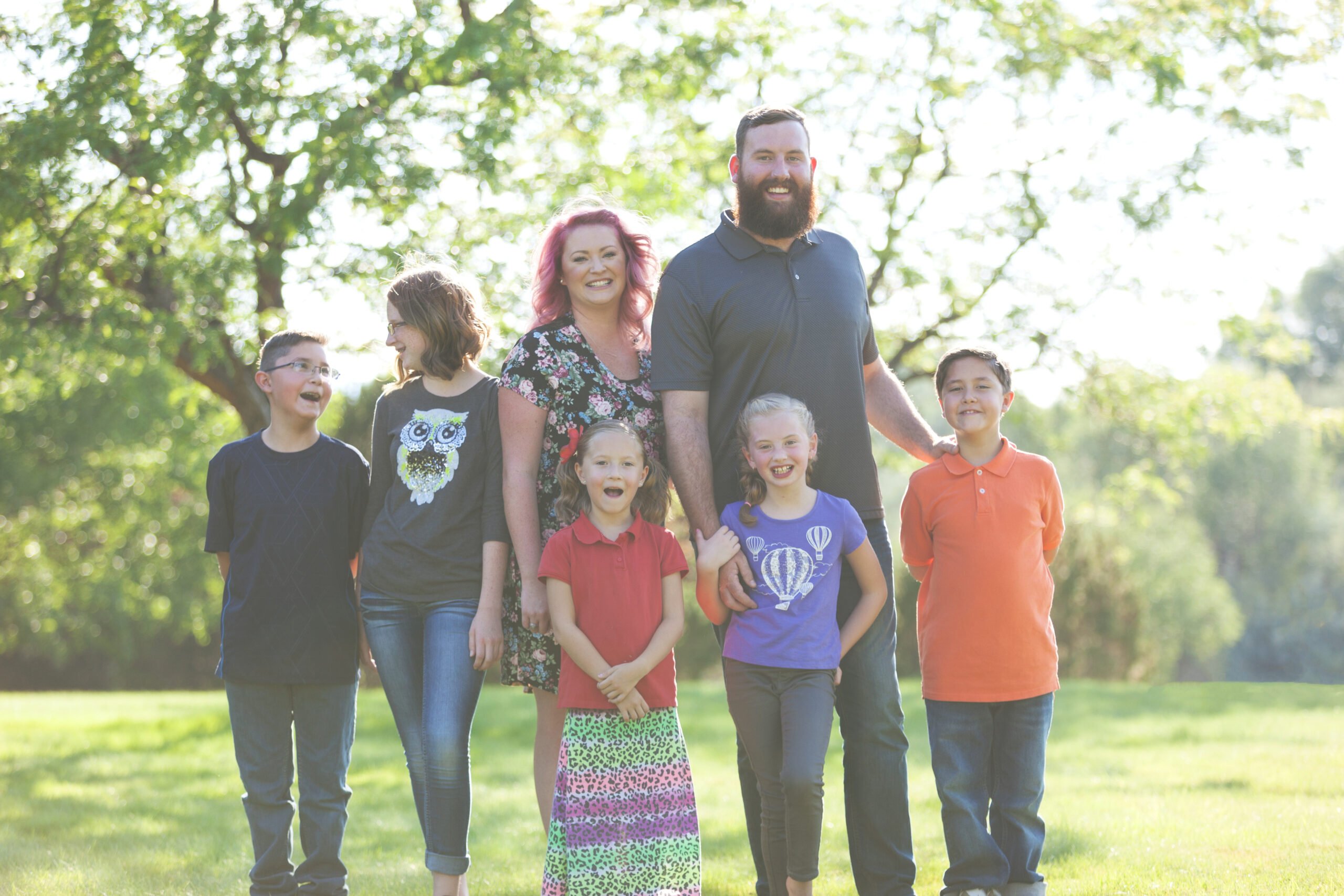
Fifteen years ago, my husband and I decided to grow our family by adoption. We had no idea how arduous the homestudy — that’s the getting-ready-to-legally-adopt—process — would be. When we got through the interviews, background checks, training, and home inspection, our social worker handed us some checklists, asking us to make our selections.
I often refer to these as the “dreaded checklists,” because they can a hopeful adoptive parent feel conflicted and downright rotton. These checklists ask what a parent will and won’t be open to in a child they will adopt, including medical conditions. Another thing hopeful parents have to select is what type of adoption they will consider: open, semi-open, or closed adoption.
My husband and I, completely new to adoption, tried to be as middle-of-the-road as possible, checking all the “middle” boxes which mostly indicated “maybe” or “will consider.” As far as how much communication we wanted to have with our child’s biological parents, we checked “semi-open” or “open.” We knew from talking to other adoptive parents and adoptees — that’s people who were adopted — that having some access to a relationship with their birth parents could be healthy — even happy.
Fast forward today, and we have four children and four open adoptions
You might be curious, as many are, what an open adoption looks like, why we chose it, and what it means for our children.
When others find out our kids have open adoptions with their birth families, they are often surprised. Some question if our children are confused as to who their “real” parents are. There’s also the assumption that there’s an invisible competition between us, the adoptive parents, and our children’s first parents.
First, keep in mind that every open adoption is different
There is no set way of going about an open adoption. Even within our own family, each open adoption is different. Additionally, each child feels differently about their adoptions and their biological family members. We leave room for all feelings and hold space for whatever the future holds.
Open adoption, for our family, involves visits, phone calls, texts, and even old-fashioned snail mail, between us and our kids’ biological family members. Open adoption isn’t just between a child and their birth parent, but can be between birth siblings, cousins, grandparents, aunts, uncles, and partners.
Our children can call their birth family members whatever they choose
As parents, we don’t dictate what is and isn’t okay based on our feelings. As adults, it’s our job to process our own feelings about adoption, not push those feelings upon our kids. If our kids want to call their birth mothers “mom”, that’s fine. If they choose to use first names or another version of "mom", that’s fine, too.
Our attitude regarding open adoption is the more the merrier. We often tell people that we don’t have a family tree. We have a family orchard. We chose to adopt — and we didn’t just adopt our children, but we adopted their entire family. It’s hard for those who only have biological family in their lives to understand. However, you very likely have a bestie whom you call your “sister,” or a step-parent or step-child whom you love just as much as your biological family members.
I want to be clear, though, that our children are our “own” and “real” children. They aren’t fake or our “adopted children.” Likewise, our children’s birth families are their “real” families, too.
The fact is, our kids have other families, families who were there first
We don’t want to deny our kids access to those individuals when the relationship is healthy and when our children desire that relationship. We have had bumps along the way, certainly. Miscommunications, boundary issues, and too-high expectations can work their way in to any relationship. We’re in it for the long haul, and we work on anything that crops up. Because at the end of the day, what matters most is what’s best for our kids.







